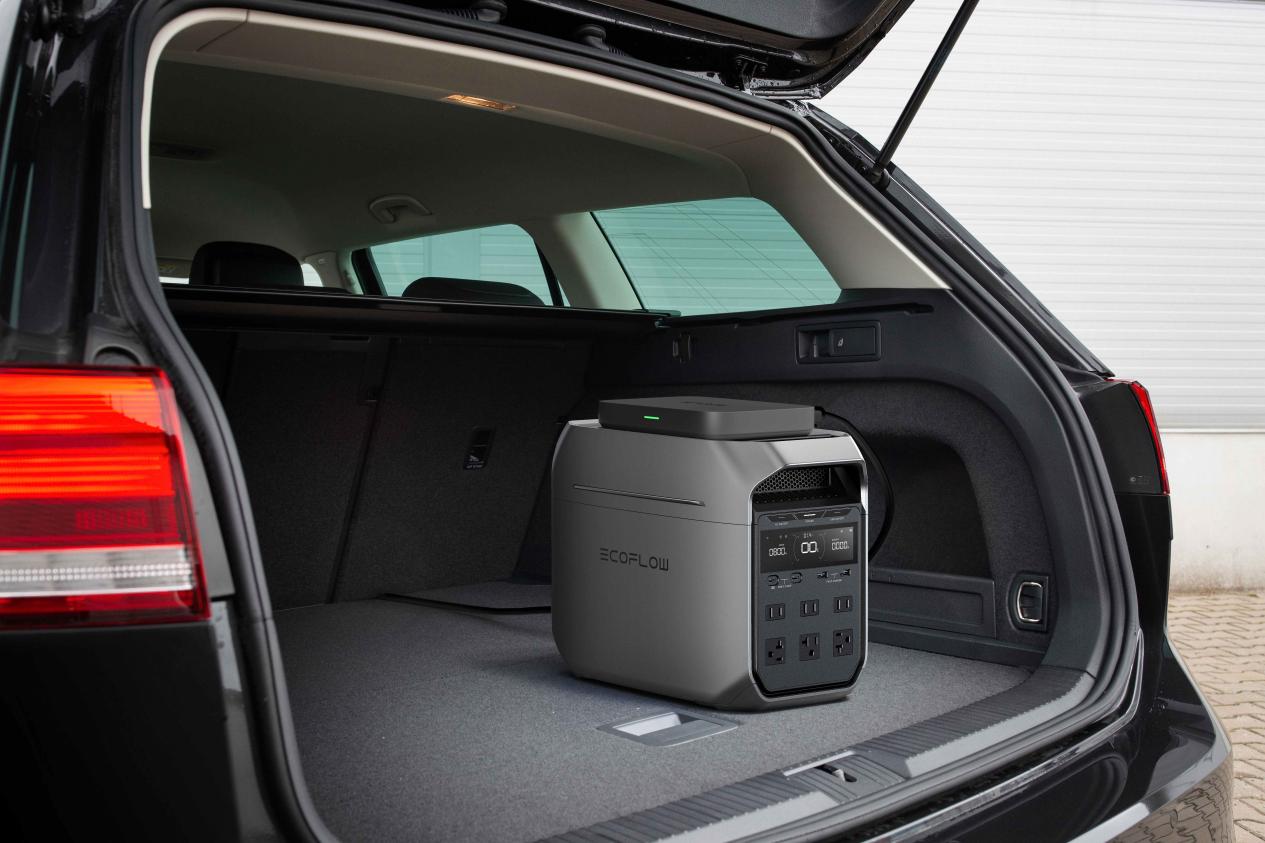How to Save Money with PG&E Solar Billing: Homeowner's Guide & Calculator
PG&E's solar billing can seem complicated, but understanding it is key to maximizing savings from your solar panels. This guide breaks down how their system works and offers strategies to help you lower electricity costs. Remember, PG&E's rates and policies can change, so always check their official resources or consult a professional for the most current information.
How PG&E Bills Solar Customers
PG&E has a couple of main ways it bills solar customers, and which one applies to you usually depends on when your solar system was approved to operate. Knowing these systems is the first step to getting the most out of your solar investment.
Net Energy Metering (NEM 1.0 & NEM 2.0): The Earlier Solar Programs
Systems connected before mid-April 2023 typically fall under Net Energy Metering (NEM 1.0 or NEM 2.0), which share core features:
How it Works: Your home uses its own solar power first. Excess electricity goes to PG&E's grid, earning you credits.
kWh Credits: A major benefit of NEM 1.0/2.0 is that exported electricity is credited mostly at the full retail kWh rate—similar to what PG&E charges—offering nearly a 1-for-1 value.
Annual "True-Up": PG&E tracks your solar exports and grid energy use over 12 months. The year-end "True-Up" statement reconciles all charges and credits. If export credits exceed usage costs, you might receive a small payment (at wholesale rates) or have a minimal bill; otherwise, you pay the net amount due.
Non-Bypassable Charges (NBCs): Some charges, called NBCs, apply even with high solar production. These cover grid maintenance and public programs and are based on total electricity consumed from the grid, regardless of solar exports.
Net Billing Tariff (NBT or "NEM 3.0"): The Newer Solar Program (After April 2023)
Homeowners applying for PG&E solar connection after April 14, 2023, fall under the Net Billing Tariff (NBT or "NEM 3.0"), which alters compensation for exported solar energy.
Under NBT, exported solar energy is credited at "avoided cost" rates (similar to wholesale prices), not the full retail rate. These lower rates vary by hour, day, and month, often peaking on late summer afternoons/evenings when grid demand is high.
Consequently, NBT provides lower compensation for exported solar than older NEM programs. This makes self-consumption (using your own solar power directly) and battery storage (to store excess solar for later use instead of exporting it at lower rates) more crucial for maximizing savings.
Time-of-Use (TOU) Rates: Important for All Solar Customers
Time-of-Use (TOU) rates are critical for managing solar savings under both NEM and NBT programs.
With TOU rates, the price of grid electricity varies by time of day, day of the week, and season. PG&E defines "Peak" (highest cost, often late afternoon/early evening), "Off-Peak" (lower cost), and sometimes "Super Off-Peak" (lowest cost) periods.
Check your PG&E bill or online account for your specific TOU rate plan (e.g., E-TOU-C, E-TOU-D). To save money, use your solar power as it's generated. If using grid power, aim for Off-Peak hours. NEM customers can further benefit by exporting surplus solar during higher-priced TOU periods.
Ways to Save More with PG&E Solar
Installing solar panels is a great start, but to really maximize your savings, especially if you're on the Net Billing Tariff, how you use energy matters a lot.
Use More of Your Own Solar Power (Self-Consumption)
Using the electricity your solar panels generate directly in your home, as it's being produced, is the best way to save money, especially under NBT/NEM 3.0.
- Shift When You Use Energy: Try to run appliances that use a lot of power—like your dishwasher, washing machine, clothes dryer, or pool pump—during the middle of the day when your solar system is producing the most electricity. If you have an electric vehicle (EV), charging it during daylight hours using your solar power can make a big difference. If you can't use solar directly, aim to use these appliances during off-peak TOU hours.
- Use Smart Home Devices: Smart thermostats, timers, and energy management systems can help automate this. They can run appliances when solar production is high or when grid electricity is cheapest, making it easier to save.


Incorporate Battery Storage to Reduce Peak Costs
Home batteries are becoming more popular for solar owners, particularly those on the NBT/NEM 3.0 program.
Batteries let you store the extra solar energy your panels make during the day. Then, you can use that stored energy during the evening peak TOU hours when buying electricity from PG&E is most expensive. This increases your self-consumption and cuts down on how much pricey grid power you need to buy. Batteries also give you backup power if the grid goes down. While batteries add to the upfront cost, pairing them with solar can make more financial sense for new solar customers under NBT because they help avoid high-cost electricity. Options range from smaller portable units like the EcoFlow DELTA 3 Plus (which offers 1-5kWh of expandable storage and can recharge directly from solar panels) to larger whole-home battery systems. Sometimes, PG&E or other programs like the Self-Generation Incentive Program (SGIP) might offer rebates for batteries, so it’s worth checking for current incentives.
Get the Right Size Solar System
Choosing the right size for your solar PV system is important for its long-term value.
You want a system that generates enough electricity to cover a good portion of your home's annual use but isn't too large. This is especially true under the NBT program, where sending a lot of extra power to the grid doesn't pay back as much. A system that closely matches your actual usage, especially your daytime usage, is often the most economical. Also, think about your future electricity needs. If you plan to get an EV or switch to electric appliances later, factor that into your system sizing.
Start with Energy Efficiency
Making your home more energy-efficient is a smart first step that makes your solar system even more effective.
Reduce your overall electricity use by switching to LED lights, installing ENERGY STAR® appliances, and improving your home's insulation.
When your home uses less electricity to begin with, the power from your solar panels can cover a larger share of your needs, making your system more impactful.


Review Your Bill to Track Savings and System Performance
It's a good idea to regularly look at your PG&E bill to see how your system is performing and to make sure your charges and credits are correct.
Get familiar with the parts of your bill that show how much energy you sent to the grid (net generation), how much you used from the grid (net consumption), charges and credits for different TOU periods, any Non-Bypassable Charges, and true-up details. By comparing your actual generation and savings to what your solar installer estimated, you can see if your system is working as expected.
How to Estimate Your PG&E Solar Savings
While a solar installer will give you detailed projections, you can do some basic calculations to see if solar might be a good fit for you.
Information You'll Need:
- Your total electricity usage (kWh) for the last 12 months (from PG&E bills).
- Your current average cost per kWh (divide your total annual bill by total annual kWh).
- Your TOU rate plan details (peak/off-peak hours and rates).
- An idea of the solar system size you're considering (in kW).
- An estimate of how much electricity that system would produce annually at your location (from solar quotes or online tools like PVWatts).
- The cost of the solar system after any tax credits or rebates.
- Whether you'll be on an older NEM tariff or the newer NBT/NEM 3.0 (this affects how much you get for exported power).
Step-by-Step Savings Estimation:
1. Calculate Your Current Annual Electricity Cost
Multiply your annual kWh usage by your average cost per kWh to establish your baseline expenses before solar. This gives you a clear comparison point for measuring potential savings. For example, if you use 10,000 kWh annually at an average rate of $0.30/kWh, your current annual cost is $3,000.
2. Estimate the Value of Solar Power You Use Directly
Self-consumption represents your highest-value savings since you're replacing expensive grid electricity with free solar power. Determine what percentage of your solar generation you'll likely use in real-time based on your daytime usage patterns, then multiply by the retail TOU rate you're avoiding during solar production hours. Typical self-consumption ranges from 30-70% depending on your usage habits.
3. Calculate Export Credits Based on Your Billing Program
Your compensation for excess solar power varies dramatically by program. NEM 1.0/2.0 customers receive exported kWh credited at approximately the full retail TOU rate, providing nearly dollar-for-dollar value. However, NBT/NEM 3.0 customers receive much lower avoided cost rates that vary by time and season, typically ranging from $0.05-0.15/kWh compared to retail rates of $0.25-0.50/kWh.
4. Determine Remaining Grid Electricity Purchases
Calculate how much electricity you'll still need to buy from PG&E by subtracting your self-consumed solar kWh from your total annual consumption. Multiply this remaining usage by the average TOU import rates, keeping in mind you'll likely draw from the grid during evening peak hours when rates are highest.
5. Account for Non-Bypassable Charges and Fixed Costs
Include Non-Bypassable Charges (NBCs) that apply to all electricity consumed from the grid, typically $0.02-0.04/kWh, plus PG&E's monthly service charges around $10-15 that solar doesn't eliminate.
6. Calculate Your Net Annual Savings
Compare your current annual cost to your projected new cost (remaining grid purchases + NBCs + fixed charges - export credits). This difference represents your estimated annual savings from solar.
Useful Tools and Resources:
PG&E's website: Often has rate comparison tools and solar information.
NREL's PVWatts Calculator: A government tool for estimating solar production.
Solar Installer Quotes: These will include savings projections. Look closely at their assumptions about future energy prices, export values (especially for NBT), and how much solar you'll self-consume.
Key Financial Metrics:
When evaluating your solar investment, focus on three important metrics: payback period (how many years to recover system costs, typically 6-12 years), return on investment (ROI for overall profitability), and net present value (NPV, which accounts for the time value of money when comparing solar to other investments).
Take Informed Action on PG&E Solar!
Going solar can be a smart way to manage your PG&E bills and gain more control over your energy costs. By understanding how PG&E's billing works for solar customers, using strategies to make the most of your own solar power (perhaps with battery storage), and carefully looking at the costs and benefits, you can make a decision that works for your home and your budget. Doing your homework is the best way to move forward.